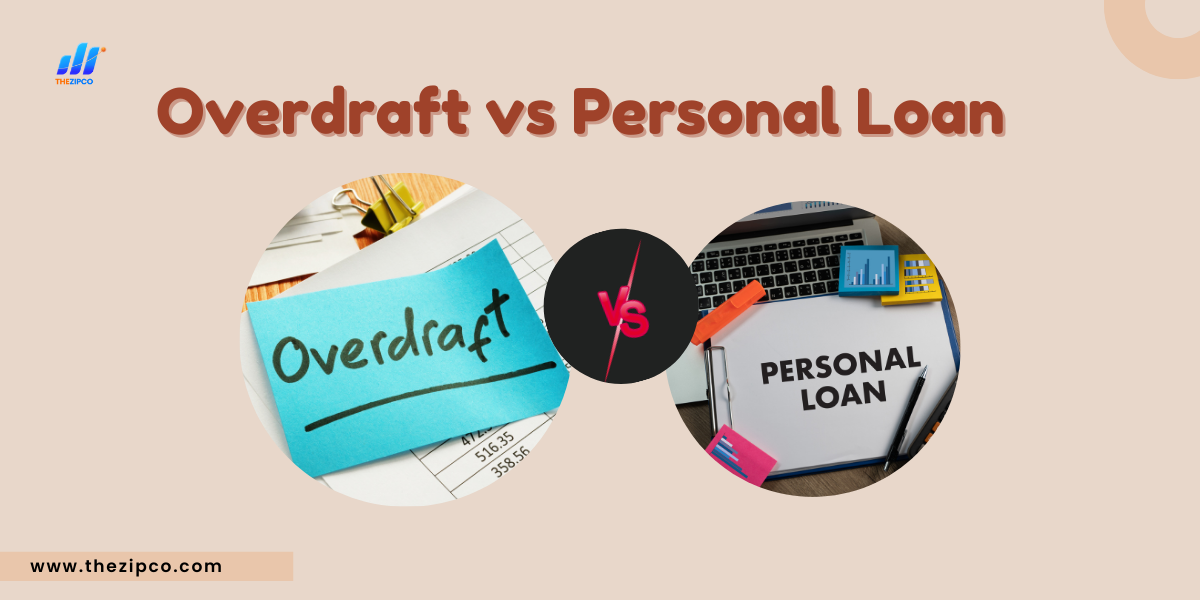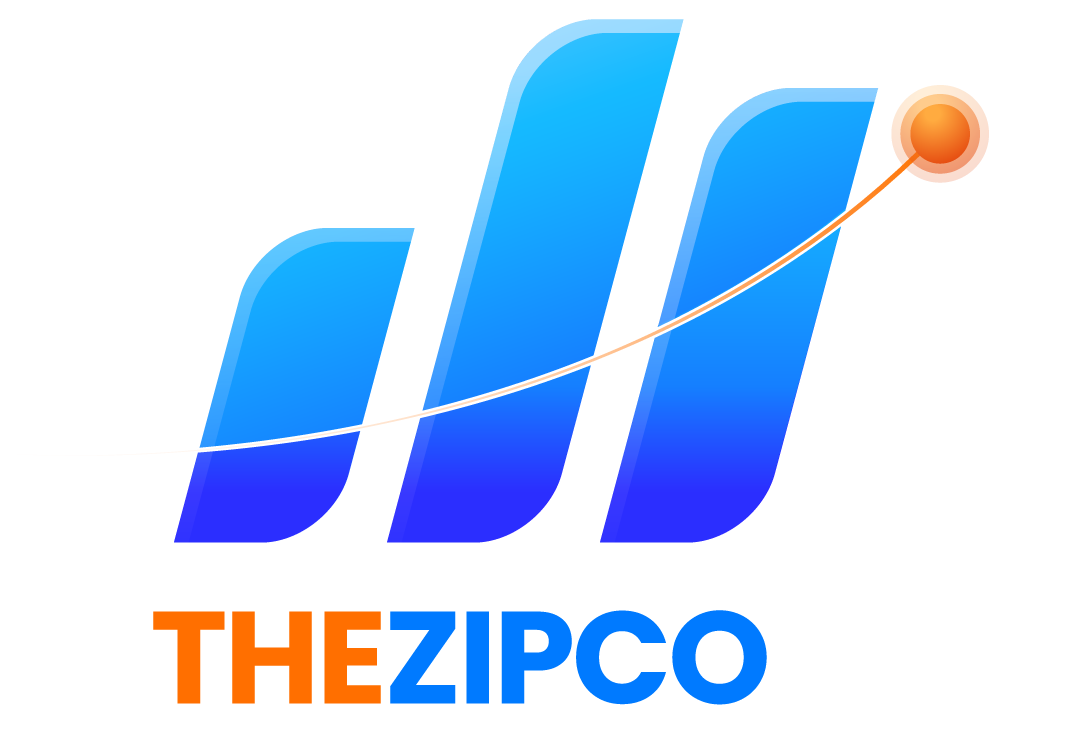Sometimes, we require additional funds, but our needs and borrowing patterns vary. Understanding different credit options like overdraft vs personal loan is essential to making the right choice based on your financial situation, needs, and repayment ability.

In this blog, we’ll explore these concepts in depth, focusing on the key differences between an overdraft and a personal loan. Continue reading for valuable insights.
Understanding Overdrafts
An overdraft is a credit facility provided by banks and financial institutions to help business owners cover their business-related expenses.
An overdraft enables borrowers to withdraw funds from their current or savings account up to a set limit, even without sufficient funds. The withdrawal limit differs by lender, and interest is charged only on the amount overdrawn.
Understanding Personal Loans
A personal loan is an unsecured credit option provided by banks and financial institutions, where the borrower repays the amount in fixed monthly installments over a specified period. It allows access to funds without requiring collateral. Interest is charged on the principal amount, with rates varying by lender.
Overdraft vs Personal Loan: Key Differences
Here are some of the key differences between OD vs personal loan, based on several parameters:
| Criteria | Overdraft | Personal Loan |
| Loan Amount | Once the overdraft is approved, you can withdraw funds up to a certain limit based on your needs, ideal for fluctuating expenses. | You receive a fixed amount upfront, suitable for meeting large financial needs. |
| Repayment | There is no set repayment schedule, allowing you to repay the borrowed amount at your convenience. | Repayment is required in fixed monthly installments within a set period. |
| Interest Rate | Interest is charged only on the amount you have actually withdrawn. | Interest is charged on the entire loan amount. |
| Processing Time | The overdraft facility is available immediately after approval, allowing you to withdraw funds as needed. | Processing typically takes 2 to 3 business days for loan disbursement. |
| Fund Disbursal | No lump sum is disbursed; instead, you access funds as required up to the approved limit. | The approved loan amount is transferred to your account upon approval. |
Overdraft vs Personal Loan: Which is the Better Option?
Your choice between the two depends on your financial needs, goals, and situation. A personal loan provides a lump sum with a structured repayment plan, ideal for planned expenses.
In contrast, a bank overdraft offers flexibility and instant access to funds, making it suitable for uncertain or fluctuating financial needs.
Here’s how to decide:
- For a small amount over a short period, an overdraft can be a smart choice.
- For a larger sum over a medium to long term, a personal loan might be better.
- If you prefer a disciplined repayment structure, a personal loan is advisable. But for frequent, uncertain, smaller amounts over a short term, an overdraft is a wise option.
Conclusion
In summary, an overdraft is a credit option enabling users to access more funds than their current account balance up to a certain limit. Conversely, a personal loan provides unsecured funds that must be repaid in fixed monthly installments over a set period.
Each has its distinct advantages and disadvantages. Gaining a clear understanding of the differences between overdrafts and personal loans will aid in making a well-informed decision based on your financial needs and goals.
Keep reading and supporting thezipco!

